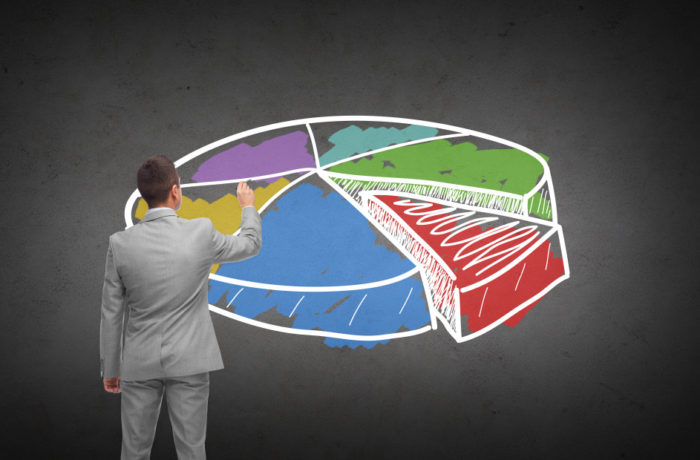the future by answering the all-important why. Psychographic segmentation can shape product development, communication, media selection, and customer loyalty.
With extensive experience conducting both B2C and B2B psychographic segmentation studies for major U.S. corporations, we decided 30 years ago to investigate the U.S. mature market, one we defined as those 40 and older.
The practical value of psychographic segmentation increases by overlaying demographics, behaviors, media usage, and other sources of information. In addition, the discriminating items defining each segment can be used in further research and modeling. Our own Morgan-Levy Health Cube is an example of this application.
If we completed a psychographic study on sunscreen buyers, we may find that one sunscreen buyer, in her early 50s, uses sunscreen to look young. Besides this Skin Beauty segment, the study might reveal two other segments: the Health Protector, who wants to avoid developing skin cancer and the Stop the Damage segment whose skin is already marked with rough skin and hyperpigmentation, the result of days at the beach and hours on a tanning bed as a teenager.
We believe that a successful marketing campaign is based on a psychographic segmentation overlaid with such things as media usage, purchase history, and demographics.

